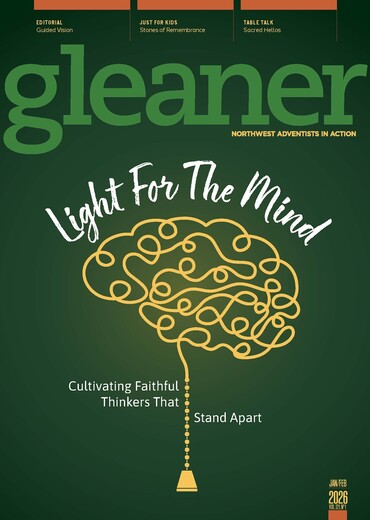Time's Origins
Webster's New World College Dictionary (fourth ed.) defines time as “a period or interval, or the period between two events or during which something exists, happens or acts.”
At its core, time is fairly elusive. We can't see it or sense it—it just happens. Human beings have, therefore, come up with ways to measure time that are totally arbitrary and also fairly interesting from a historical perspective.
The day is an obvious starting point for time. A day consists of a period of sunlight followed by night. Our bodies are tuned in to this cycle through sleep, so each morning we wake up to a new day. No matter how primitive the culture, the concept of a day arises as an obvious and natural increment.
We use clocks to divide the day into smaller increments. We use calendars to group days together into larger increments.
Measuring Time
The measurement of time covers an incredible range. Here are some common time spans, from the shortest to the longest.
1 picosecond (one-trillionth of a second) – This is about the shortest period of time we can currently measure accurately
1 nanosecond (one-billionth of a second) – 2 to 4 nanoseconds is the length of time that a typical home computer spends executing one software instruction
1 millisecond (one-thousandth of a second) – This is the typical fastest time for the exposure of film in a normal camera
1 decisecond (one-tenth of a second) – A blink of an eye
1 second – An average person's heart beats once each second
60 seconds – One minute; a long commercial
60 minutes – An hour; about as long as a person can sit in a classroom without eyes glazing over
8 hours – The typical amount of sleep a person needs every night
24 hours – One day; the amount of time it takes for Earth to rotate one time on its axis
40 days – About the longest a person can survive without food
365.24 days – One year; the amount of time it takes for Earth to complete one orbit around the sun
75 years – The typical life span for a human being
5,000 years – The span of recorded history
Source: refdesk.com






